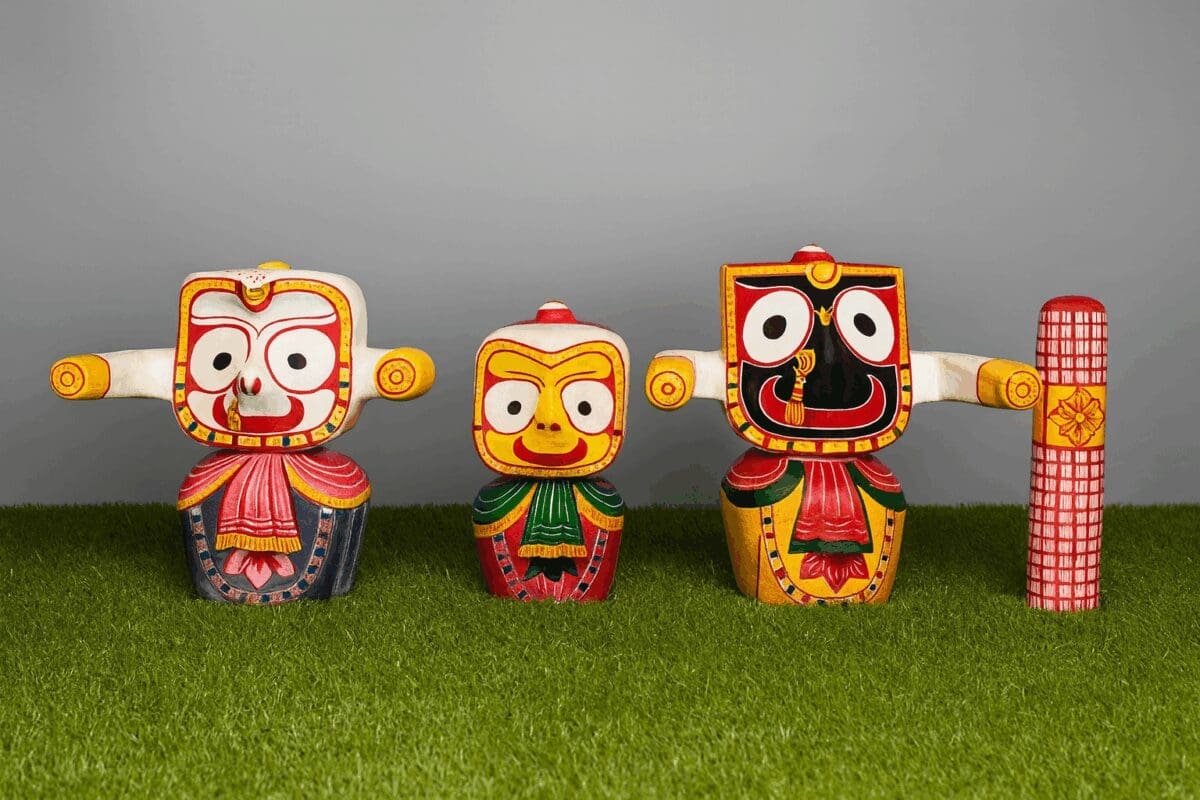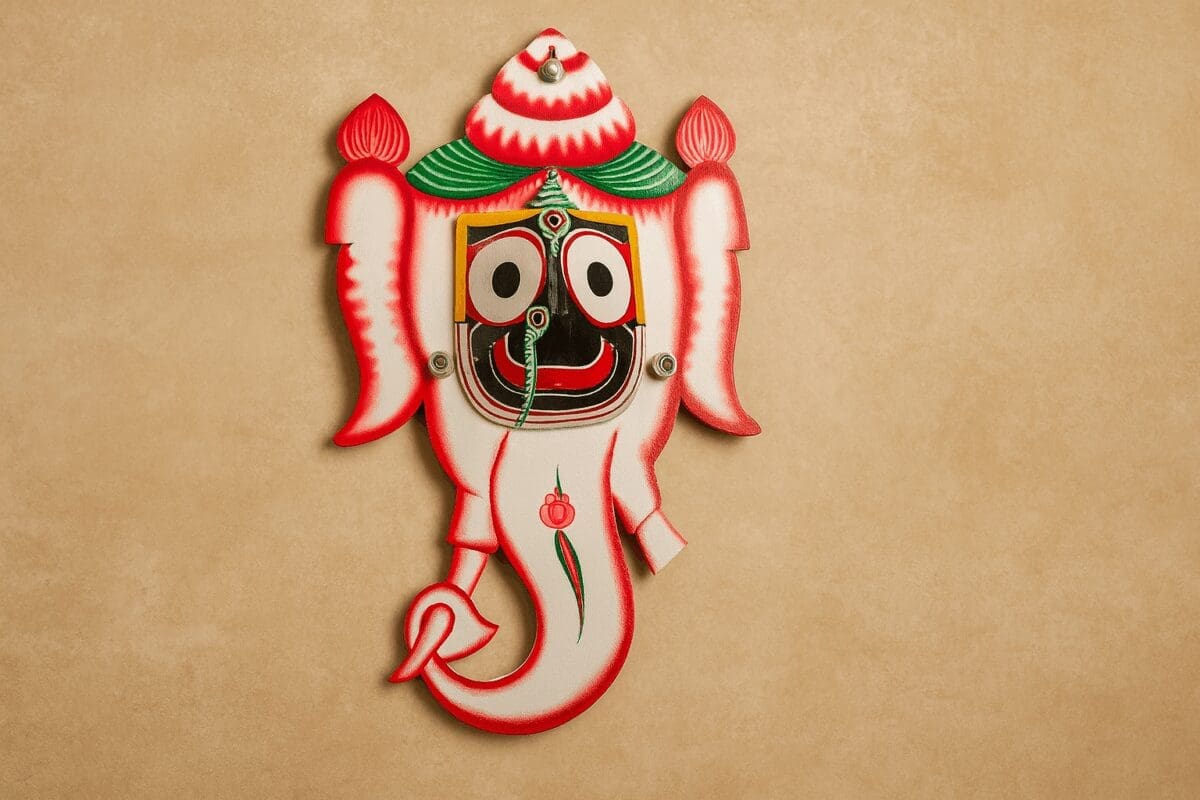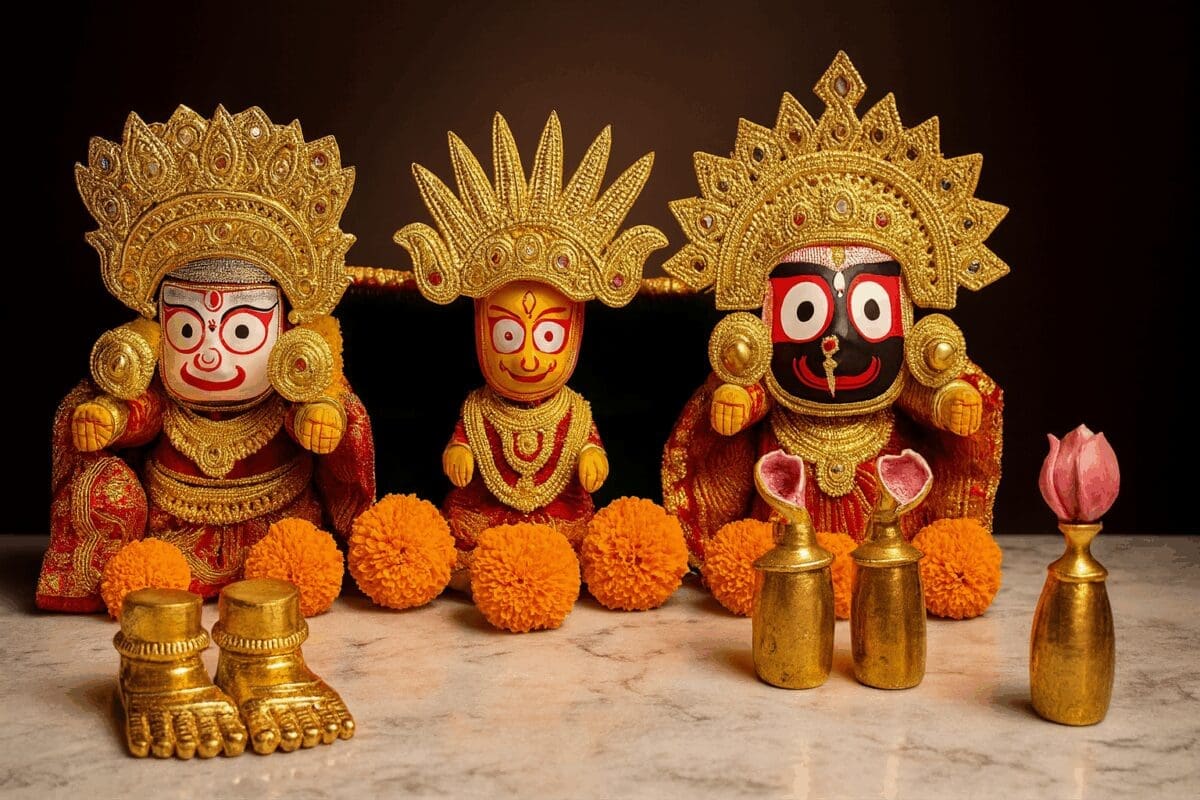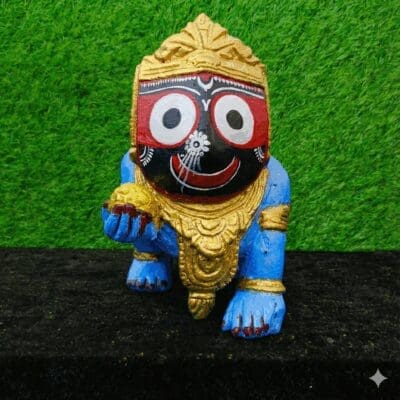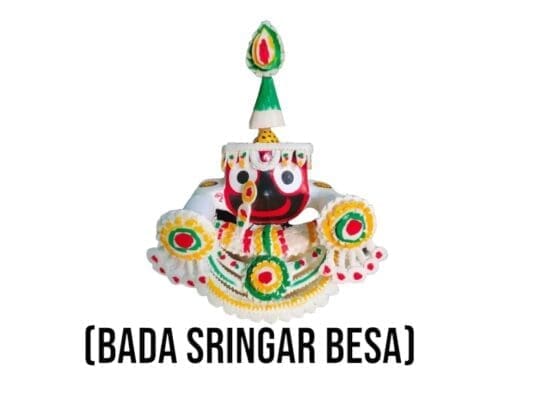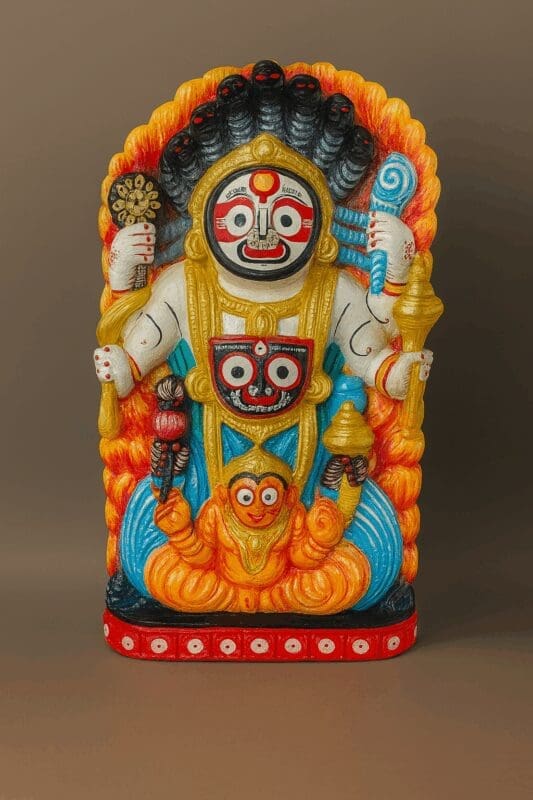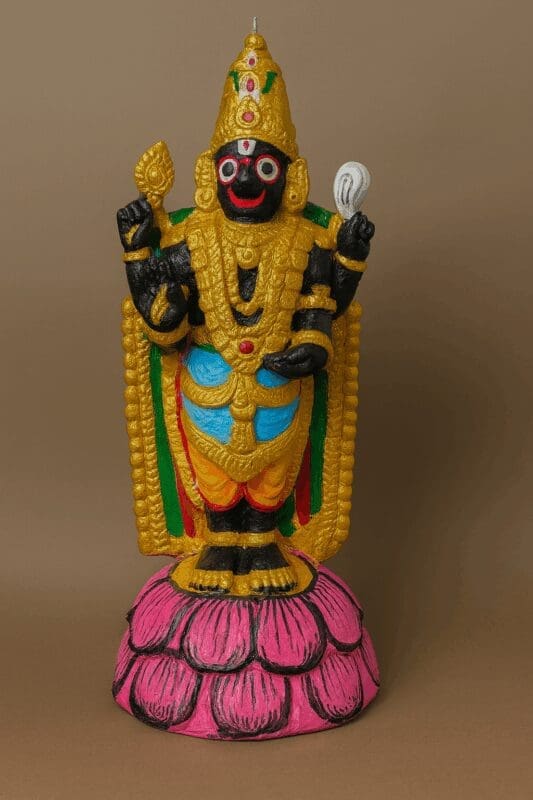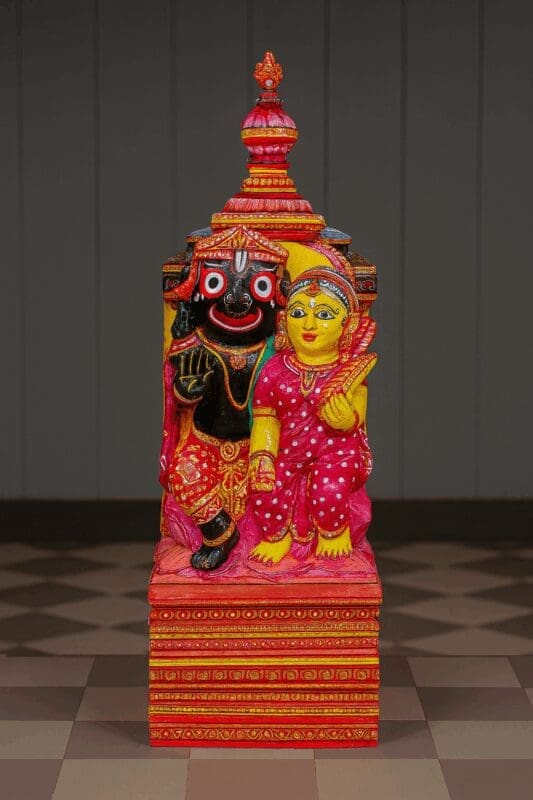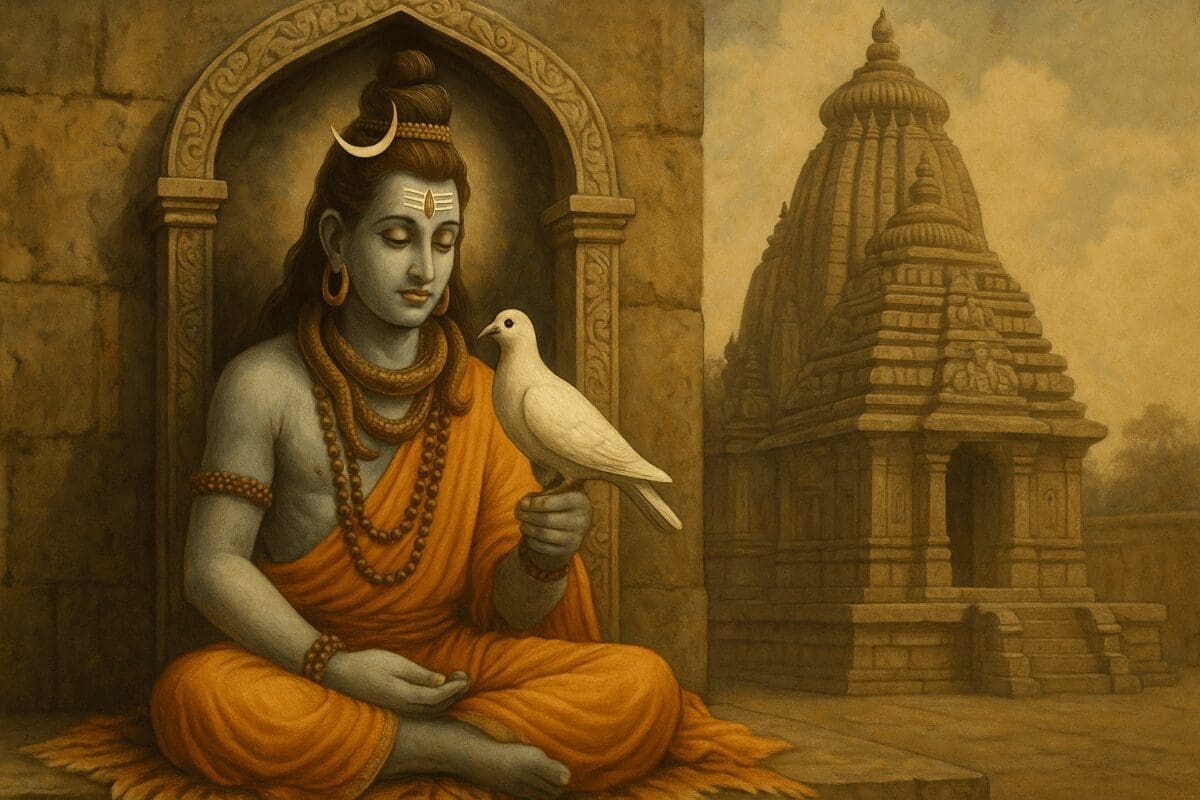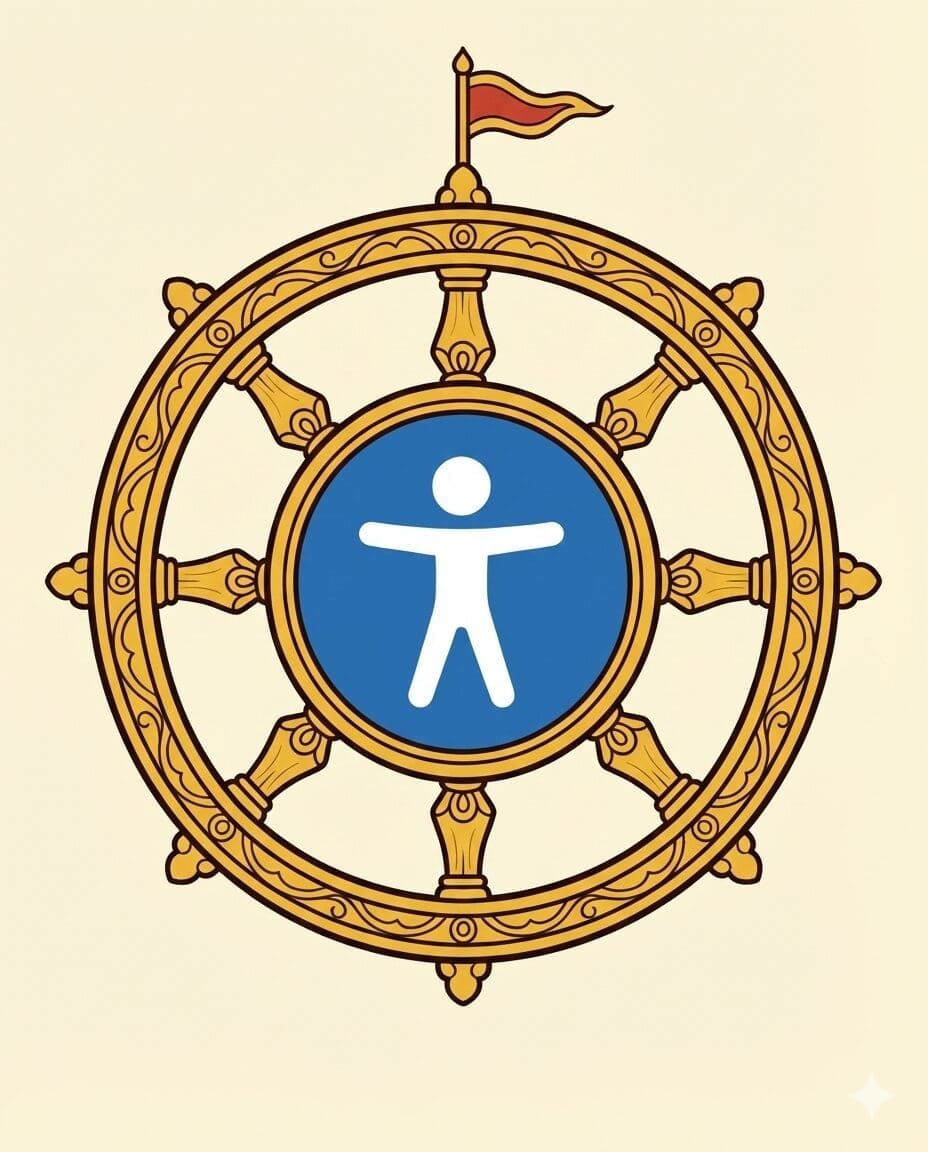-
×
 Important Daily Puja audio of shri jagannath mahaprabhu
₹ 874.00
Important Daily Puja audio of shri jagannath mahaprabhu
₹ 874.00 -
×
 Handmade Wooden Pen Stand
₹ 879.00
Handmade Wooden Pen Stand
₹ 879.00 -
×
 Dhanwani sankha(Blowing Sankha)
₹ 1,874.00
Dhanwani sankha(Blowing Sankha)
₹ 1,874.00 -
×
 Snan Darpan: for Shri Jagannath mahaprabhu's bathing rituals
₹ 37,992.00
Snan Darpan: for Shri Jagannath mahaprabhu's bathing rituals
₹ 37,992.00 -
×
 Key Chain
₹ 490.00
Key Chain
₹ 490.00 -
×
 Chandan lagi seva(sandal wood)
₹ 9,424.00
Chandan lagi seva(sandal wood)
₹ 9,424.00 -
×
 Laxmi Rupam
₹ 3,492.00
Laxmi Rupam
₹ 3,492.00 -
×
 Patitopaban Mahaprabhu Murti With Glass framed
₹ 2,565.00
Patitopaban Mahaprabhu Murti With Glass framed
₹ 2,565.00 -
×
 Jagannath mahaprabhus Jhulana Palinki
₹ 498.00
Jagannath mahaprabhus Jhulana Palinki
₹ 498.00 -
×
 Sadhu Rupam
₹ 1,125.00
Sadhu Rupam
₹ 1,125.00 -
×
 Chaturbhuja Murti (17 cm)
₹ 1,249.00
Chaturbhuja Murti (17 cm)
₹ 1,249.00 -
×
 Seva Samarpan combo
₹ 24,439.00
Seva Samarpan combo
₹ 24,439.00 -
×
 Dakhinabarti sankha (Small Size)
₹ 12,490.00
Dakhinabarti sankha (Small Size)
₹ 12,490.00 -
×
 Shri Ganesh marble Murti
₹ 1,879.00
Shri Ganesh marble Murti
₹ 1,879.00 -
×
 Tulasi Kanthi Mala
₹ 1,317.00
Tulasi Kanthi Mala
₹ 1,317.00 -
×
 Mohan Rupam
₹ 3,499.00
Mohan Rupam
₹ 3,499.00 -
×
 Bije kahali For Shri Jagannath Mahaprabhu
₹ 2,998.00
Bije kahali For Shri Jagannath Mahaprabhu
₹ 2,998.00 -
×
 Stand Rupam
₹ 2,879.00
Stand Rupam
₹ 2,879.00 -
×
 Shri Ganesh Mahaprabhu Murti With Singasana
₹ 1,939.00
Shri Ganesh Mahaprabhu Murti With Singasana
₹ 1,939.00 -
×
 Sweta varnam
₹ 2,279.00
Sweta varnam
₹ 2,279.00 -
×
 Pati dian for shri jagannath Mahaprabhus "Anavasar Times"
₹ 849.00
Pati dian for shri jagannath Mahaprabhus "Anavasar Times"
₹ 849.00 -
×
 Shri Gita gobindam Book
₹ 999.00
Shri Gita gobindam Book
₹ 999.00 -
×
 Ancient Tribal Art
₹ 2,125.00
Ancient Tribal Art
₹ 2,125.00 -
×
 Dual Sided Round Metal Key Chain
₹ 389.75
Dual Sided Round Metal Key Chain
₹ 389.75
You may be interested in…
-
Add
 Niradrinath gift hamper
Niradrinath gift hamper
₹ 2,799.00Original price was: ₹ 2,799.00.₹ 1,859.00Current price is: ₹ 1,859.00. -
Add
This product has multiple variants. The options may be chosen on the product page
 Half-Shirt(Male)
From ₹ 1,499.00
Half-Shirt(Male)
From ₹ 1,499.00 -
Add
This product has multiple variants. The options may be chosen on the product page
 Grace Shawl for Pooja/fastival moments and Temple Visit
From ₹ 675.00
Grace Shawl for Pooja/fastival moments and Temple Visit
From ₹ 675.00 -
Add
 Name Plate
Name Plate
₹ 999.00Original price was: ₹ 999.00.₹ 659.00Current price is: ₹ 659.00. -
Add
This product has multiple variants. The options may be chosen on the product page
 Mala
From ₹ 399.00
Mala
From ₹ 399.00


 Handmade Wooden Pen Stand
Handmade Wooden Pen Stand  Dhanwani sankha(Blowing Sankha)
Dhanwani sankha(Blowing Sankha)  Snan Darpan: for Shri Jagannath mahaprabhu's bathing rituals
Snan Darpan: for Shri Jagannath mahaprabhu's bathing rituals  Key Chain
Key Chain  Chandan lagi seva(sandal wood)
Chandan lagi seva(sandal wood)  Laxmi Rupam
Laxmi Rupam  Patitopaban Mahaprabhu Murti With Glass framed
Patitopaban Mahaprabhu Murti With Glass framed  Jagannath mahaprabhus Jhulana Palinki
Jagannath mahaprabhus Jhulana Palinki  Sadhu Rupam
Sadhu Rupam 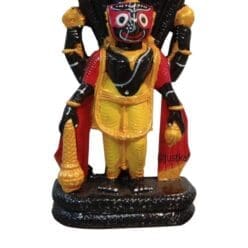 Chaturbhuja Murti (17 cm)
Chaturbhuja Murti (17 cm)  Seva Samarpan combo
Seva Samarpan combo  Dakhinabarti sankha (Small Size)
Dakhinabarti sankha (Small Size)  Shri Ganesh marble Murti
Shri Ganesh marble Murti  Tulasi Kanthi Mala
Tulasi Kanthi Mala  Mohan Rupam
Mohan Rupam  Bije kahali For Shri Jagannath Mahaprabhu
Bije kahali For Shri Jagannath Mahaprabhu  Stand Rupam
Stand Rupam  Shri Ganesh Mahaprabhu Murti With Singasana
Shri Ganesh Mahaprabhu Murti With Singasana  Sweta varnam
Sweta varnam  Pati dian for shri jagannath Mahaprabhus "Anavasar Times"
Pati dian for shri jagannath Mahaprabhus "Anavasar Times"  Shri Gita gobindam Book
Shri Gita gobindam Book  Ancient Tribal Art
Ancient Tribal Art  Dual Sided Round Metal Key Chain
Dual Sided Round Metal Key Chain 




